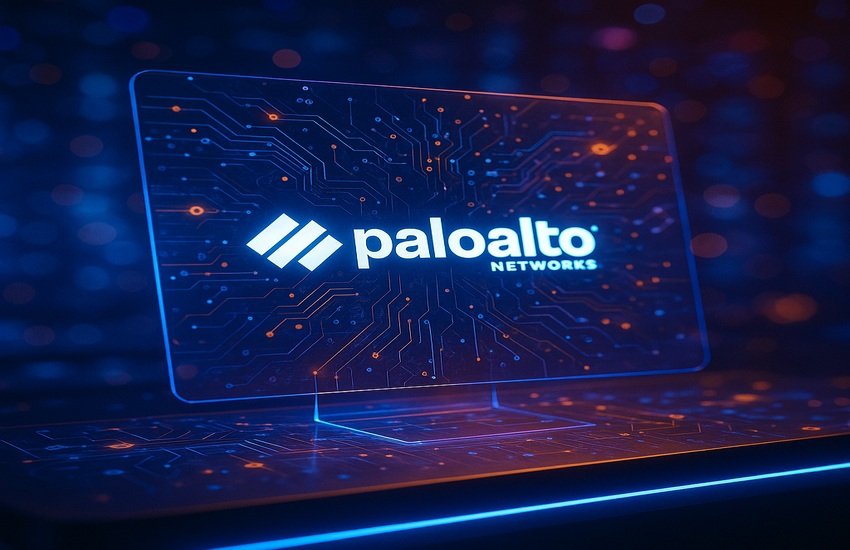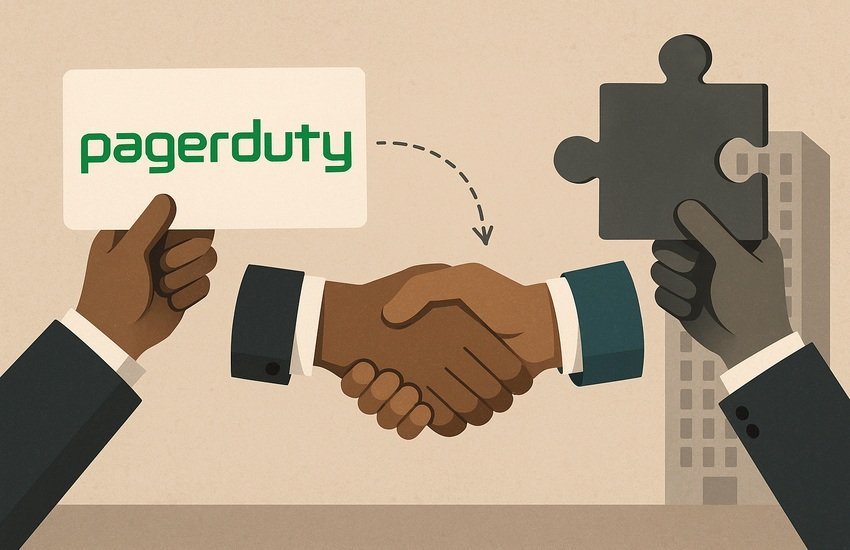Continue Reading With Our 7-Day Free Trial
Palo Alto Networks is reportedly closing in on one of the cybersecurity industry’s largest deals of the year with a potential acquisition of Israel-based CyberArk Software. This move, expected to be finalized within days, could value CyberArk well above its current $20 billion market capitalization. CyberArk, known for its strength in privileged access management and identity security, boasts over 10,000 customers globally and has been shifting towards a subscription-based model under CEO Matt Cohen. The proposed acquisition would be a bold step for Palo Alto, which has been actively acquiring niche players to consolidate cybersecurity into a unified platform. CEO Nikesh Arora has long argued for the integration of disparate security tools into cohesive platforms, and this acquisition aligns with his vision. Coming after Google’s $32 billion acquisition of Wiz, this deal signals a race among cybersecurity giants to offer end-to-end solutions in an AI-threatened world.
Expansion Into Identity Security & Privileged Access Management
CyberArk’s dominant position in identity security and privileged access management (PAM) provides Palo Alto a direct entry into one of the fastest-growing and mission-critical segments of cybersecurity. In today’s enterprise environment, identity is often the new perimeter, especially as cloud adoption grows and traditional network boundaries blur. Privileged accounts pose significant risks, and CyberArk’s solutions offer robust protection against insider threats and external actors targeting high-value credentials. By acquiring CyberArk, Palo Alto can expand its Cortex data-driven platform to integrate identity security as a core pillar alongside its network and cloud security offerings. CEO Nikesh Arora emphasized the importance of seamless policy orchestration across platforms—the acquisition enables policy harmonization from endpoint to identity. Furthermore, CyberArk’s mature subscription model aligns well with Palo Alto’s shift towards predictable, recurring revenues. The PAM space has high customer stickiness and long sales cycles, which enhances client retention and upsell opportunities. Importantly, with CyberArk’s strength in regulated industries and large financial institutions, Palo Alto gains both product breadth and client depth, which can materially boost average deal sizes and cross-platform synergies. Given the increased emphasis on zero-trust architectures, the ability to deliver integrated identity and access management capabilities enhances Palo Alto’s positioning in federal, defense, and global enterprise contracts where security governance is paramount.
Data Consolidation & AI Synergy Across Platforms
One of the most transformative synergies lies in the data layer. Palo Alto’s platformization strategy, particularly through Cortex and XSIAM, revolves around leveraging consistent enterprise-wide data to detect and remediate threats in real-time. Identity data, such as access patterns, credential usage, and behavioral analytics, is a critical missing component in this equation. By incorporating CyberArk’s identity telemetry into the Cortex platform, Palo Alto can offer advanced correlation and enrichment capabilities that dramatically improve precision in threat detection and response. Nikesh Arora emphasized that AI models require clean, unified data to function effectively. CyberArk’s PAM telemetry feeds, when fused with network traffic and endpoint signals already captured by Palo Alto, can materially reduce false positives and accelerate mean time to detect and respond. This closed-loop architecture supports real-time behavioral analytics, anomaly detection, and automated enforcement—key to countering AI-enabled attacks. Moreover, Palo Alto’s AI security offering, Prisma AIRS, can incorporate CyberArk’s privileged access data to better secure enterprise AI deployments by preventing model hijacking and prompt injections. As enterprises adopt multiple LLMs and AI agents, the attack surface expands, and PAM data becomes vital for containment and visibility. The synergy here is not just technical; it materially strengthens the competitive moat of Palo Alto’s AI-driven security stack.
Enhanced Go-To-Market Efficiency & Cross-Selling Potential
The acquisition offers significant go-to-market leverage, particularly in consolidating sales channels and deepening enterprise relationships. Nikesh Arora has repeatedly pointed out that as deal sizes expand, CIOs and even CEOs are directly involved in vendor selection, preferring vendors with comprehensive portfolios. CyberArk brings a customer base of over 10,000 across sectors like finance, healthcare, and critical infrastructure—segments where Palo Alto already has traction but can expand wallet share. CyberArk’s existing enterprise contracts and global reach can accelerate Palo Alto’s land-and-expand strategy, enabling it to upsell Cortex, Prisma Cloud, and XSIAM to an already security-conscious clientele. Furthermore, CyberArk’s products often integrate with SIEMs and SOARs, which are key domains where Palo Alto is scaling aggressively. With unified account teams and bundled solutions, Palo Alto can streamline procurement cycles, reduce friction in multi-vendor environments, and gain pricing leverage. Importantly, CyberArk’s presence in highly regulated sectors aligns well with Palo Alto’s push into system integrators and government contracts, enhancing credibility in sensitive deployments. Over time, tighter integration of identity and endpoint data also simplifies compliance reporting and audit trails, a major value proposition for regulated entities.
Accelerating Platformization & Reducing Product Fragmentation
Palo Alto’s long-term strategy is centered on reducing cybersecurity fragmentation by building cohesive platforms rather than selling standalone products. With over 20 acquisitions in recent years, many already integrated into its network and cloud platforms, the company is approaching a convergence inflection point. CyberArk’s acquisition further consolidates the platform, extending its unified architecture into identity governance. Nikesh Arora emphasized that managing disparate policies across multiple vendors creates complexity, errors, and blind spots—challenges that a platform approach mitigates. The integration of CyberArk enables customers to define policies once and enforce them consistently across network, endpoint, cloud, and now identity. This not only improves security efficacy but also lowers operational overhead for security teams. While Palo Alto had already rebuilt its cloud backend and Cortex data platform to consolidate prior acquisitions, CyberArk fits into the final missing piece of the stack. Furthermore, with the QRadar SaaS asset from IBM already onboard, Palo Alto can offer a seamless transition path for legacy SIEM users, now enriched with identity data. The browser and Protect.AI integrations remain pending, but the CyberArk deal, if executed, brings Palo Alto closer to a fully integrated, AI-powered security operations center platform. This can serve as a compelling proposition for enterprises struggling with the complexity and inefficiency of managing hundreds of security tools, and push the market further toward consolidated security architectures.
Key Takeaways
While the acquisition of CyberArk could significantly bolster Palo Alto’s capabilities in identity security and enrich its AI and data integration layers, it also introduces complexity and integration risk, especially given the scale and specialized focus of CyberArk’s offerings. The cybersecurity market is increasingly favoring platform-based solutions, but it remains fragmented, and customer inertia around existing investments can slow adoption. From a valuation standpoint, Palo Alto trades at a premium with LTM revenue multiples around 14.3x, EV/EBITDA at 87.4x, and a P/E near 111x. These elevated multiples imply high investor expectations for continued top-line growth and margin expansion, which could be pressured by acquisition-related dilution, integration costs, or cultural misalignment. Therefore, while the potential synergies are clear—in identity, data, GTM, and platform coherence—the deal, if completed, would need precise execution to justify its likely sizable premium and to maintain Palo Alto’s strategic and financial momentum.





